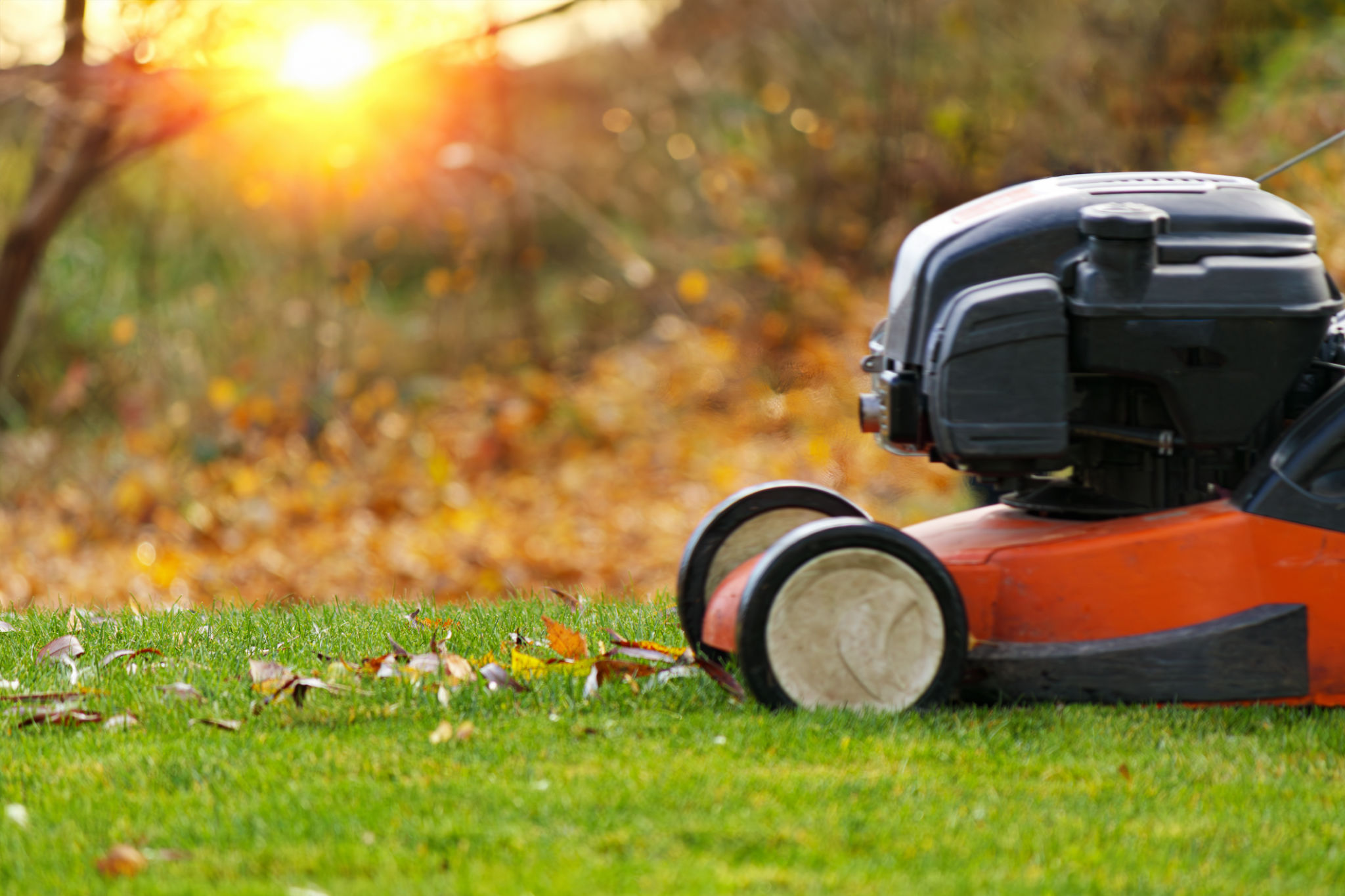How to Prepare Your Garden for Winter: Expert Landscaping Tips
Understanding Your Garden's Needs
As the days grow shorter and temperatures drop, it's essential to begin preparing your garden for winter. Each garden is unique, and understanding its specific needs can make all the difference. Start by assessing the types of plants you have, as some may require more attention than others. For instance, perennials and shrubs often need protection from frost, while annuals may not survive the colder months.

Take note of the hardiness zones applicable to your area. This classification will guide you in determining which plants can withstand the winter chill and which ones may need additional care. By tailoring your approach to your specific garden, you can ensure a thriving landscape come spring.
Cleaning and Pruning
One of the first steps in preparing your garden for winter is a thorough cleaning. Remove fallen leaves, dead plants, and any debris that could harbor pests or diseases over the winter. This cleanup not only maintains the aesthetic appeal of your garden but also promotes a healthier environment.
After cleaning, it's time to prune. Focus on trimming back perennials and shrubs that have become overgrown. Be cautious not to over-prune, as this can harm the plant. Instead, remove any dead or diseased branches to encourage new growth in the spring.
Protecting Your Plants
Winter can be harsh on plants, so providing adequate protection is crucial. Mulching is a highly effective way to insulate plant roots from cold temperatures. Apply a 2-3 inch layer of organic mulch around the base of your plants to help retain moisture and prevent soil erosion.

Consider using burlap or protective covers for more delicate plants. This added layer can shield them from harsh winds and frost. Additionally, container plants should be moved indoors or to a sheltered location to avoid freezing temperatures.
Maintaining Your Lawn
Don't forget about your lawn when preparing your garden for winter. Begin by raking up any fallen leaves to prevent suffocation and mold growth. Aerating your lawn in the fall is another beneficial step, as it allows nutrients and water to reach the roots more effectively.
Applying a fall fertilizer can also support your lawn's health through the winter months. Choose a blend high in potassium, which strengthens roots and improves resistance to cold weather.

Planning for Spring
While winterizing your garden, take the opportunity to plan for spring. Consider what new plants or features you might want to introduce next season. Make notes of any changes you'd like to implement and start gathering materials or seeds in advance.
By preparing now, you set the stage for a vibrant and flourishing garden come springtime. These expert landscaping tips will not only protect your garden through winter but also enhance its beauty and productivity in the years to come.
